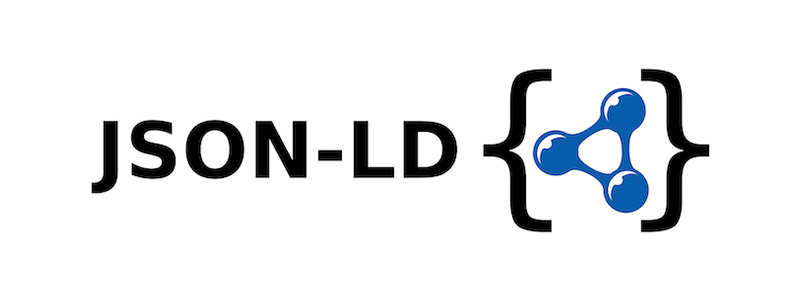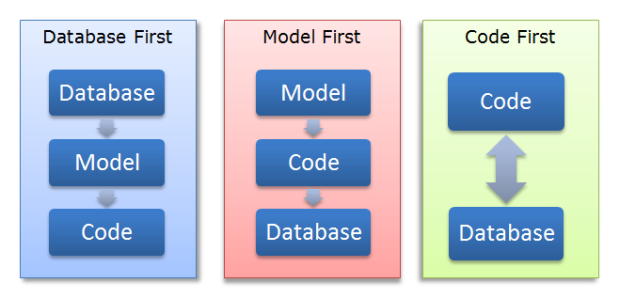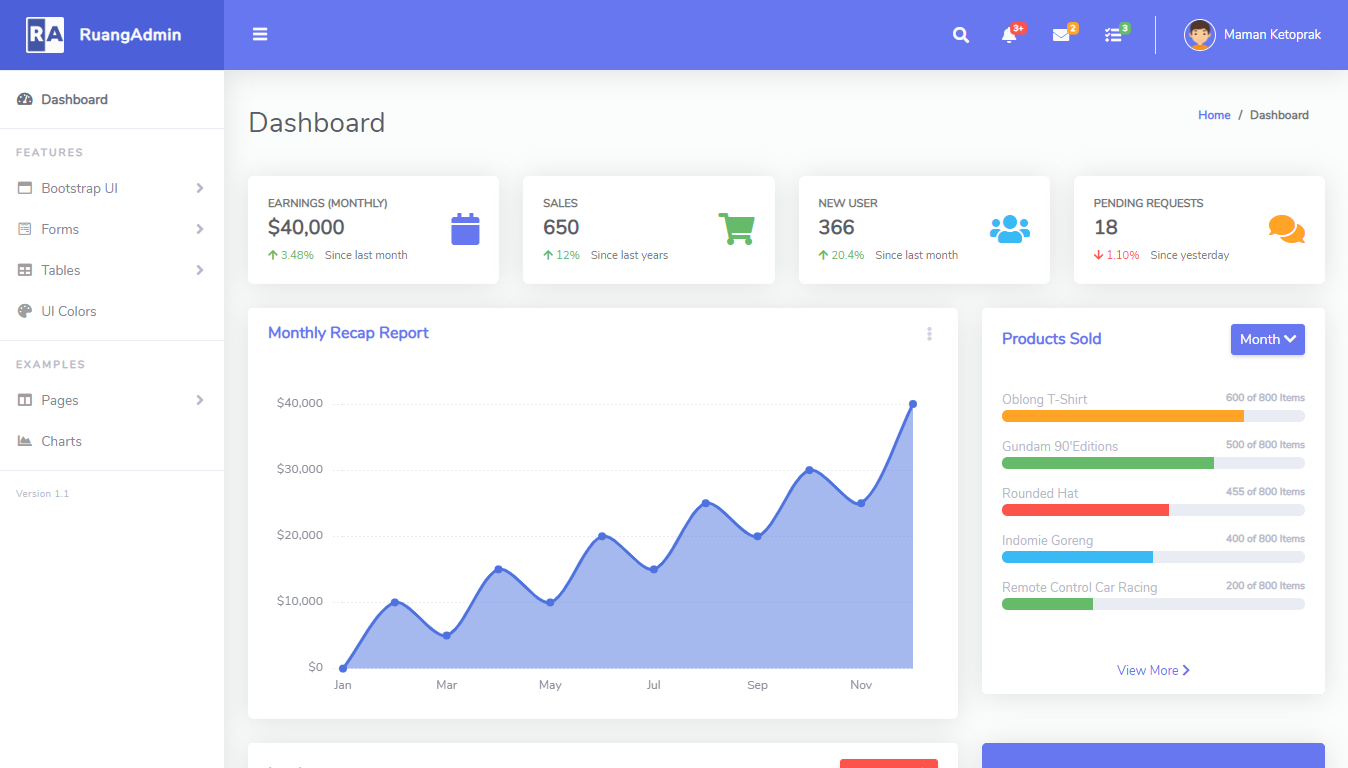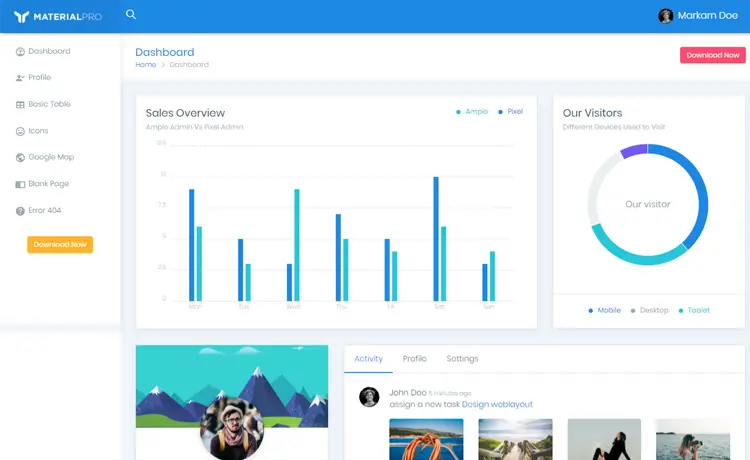How to fix Can't use Server.MapPath in ASP.NET MVC
By Tan Lee Published on May 25, 2024 1.81K
Troubleshooting Issues with Server.MapPath in ASP.NET
If you're encountering issues with Server.MapPath or the visual intellisense doesen't have quick result options, Here are some potential solutions:
For example, Use HttpContext.Current.Server.MapPath
Ensure you're using HttpContext.Current.Server.MapPath instead of just Server.MapPath. In ASP.NET MVC, HttpContext.Current provides access to the current HttpContext object, which contains information about the current HTTP request.
// server.mappath c# string path = System.Web.HttpContext.Current.Server.MapPath($"~/bin/reports");
By using HttpContext.Current, you're explicitly specifying the current request context, which helps avoid potential errors or context issues.
For example, Use HostingEnvironment.MapPath for Non-HTTP Contexts
In ASP.NET, you can use HostingEnvironment.MapPath method to map a virtual path to a physical path. This method is preferred in certain contexts, especially if you're working outside of the context of an HTTP request.
string path = System.Web.Hosting.HostingEnvironment.MapPath($"~/bin/reports");
And don't forget to add a reference to System.Web.dll
When working with path mapping in ASP.NET, issues with Server.MapPath can often be traced back to either the wrong context being used or missing references. By using HttpContext.Current.Server.MapPath in MVC applications or switching to HostingEnvironment.MapPath in non-HTTP contexts, you can resolve many of these issues.
- Implement security headers for an ASP.NET Core
- How to Initialize TagHelpers in ASP.NET Core with Shared Data
- Essential Tips for Securing Your ASP.NET Website
- Top Security Best Practices for ASP.NET
- Boost Your ASP.NET Core Website Performance with .NET Profiler
- The name 'Session' does not exist in the current context
- Implementing Two-Factor Authentication with Google Authenticator in ASP.NET Core
- How to securely reverse-proxy ASP.NET Core





